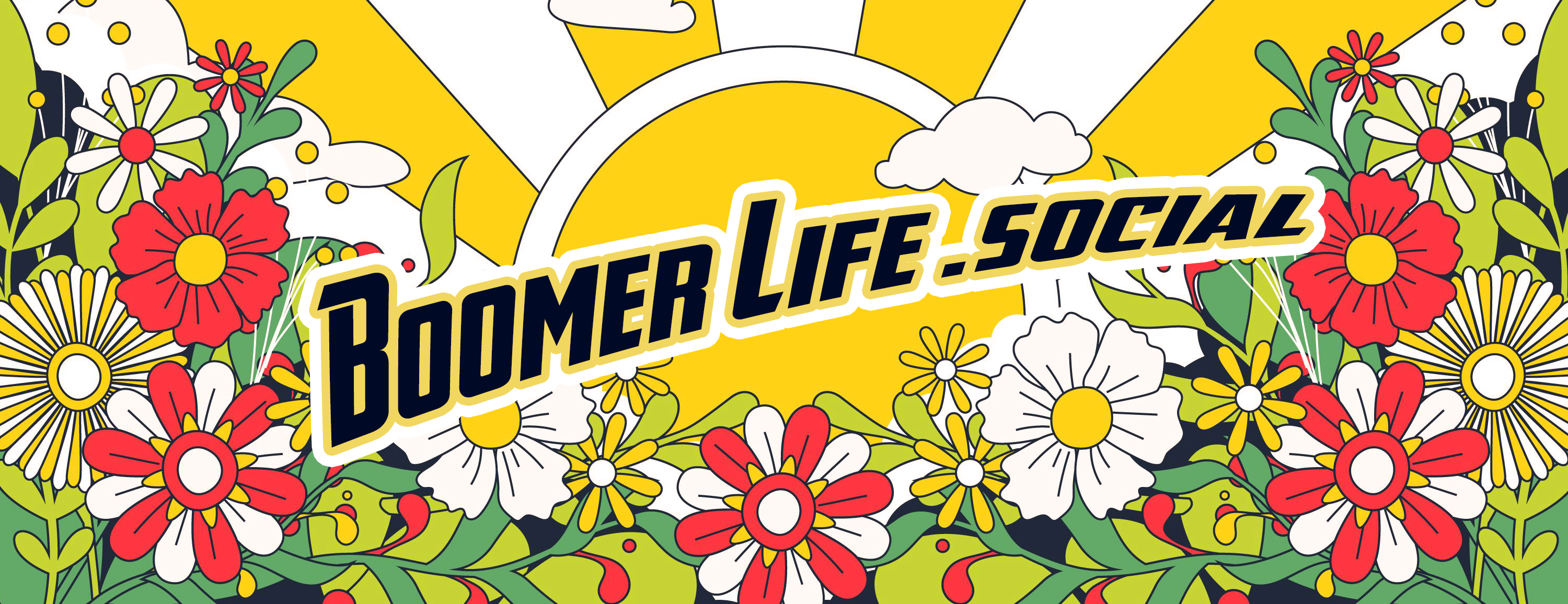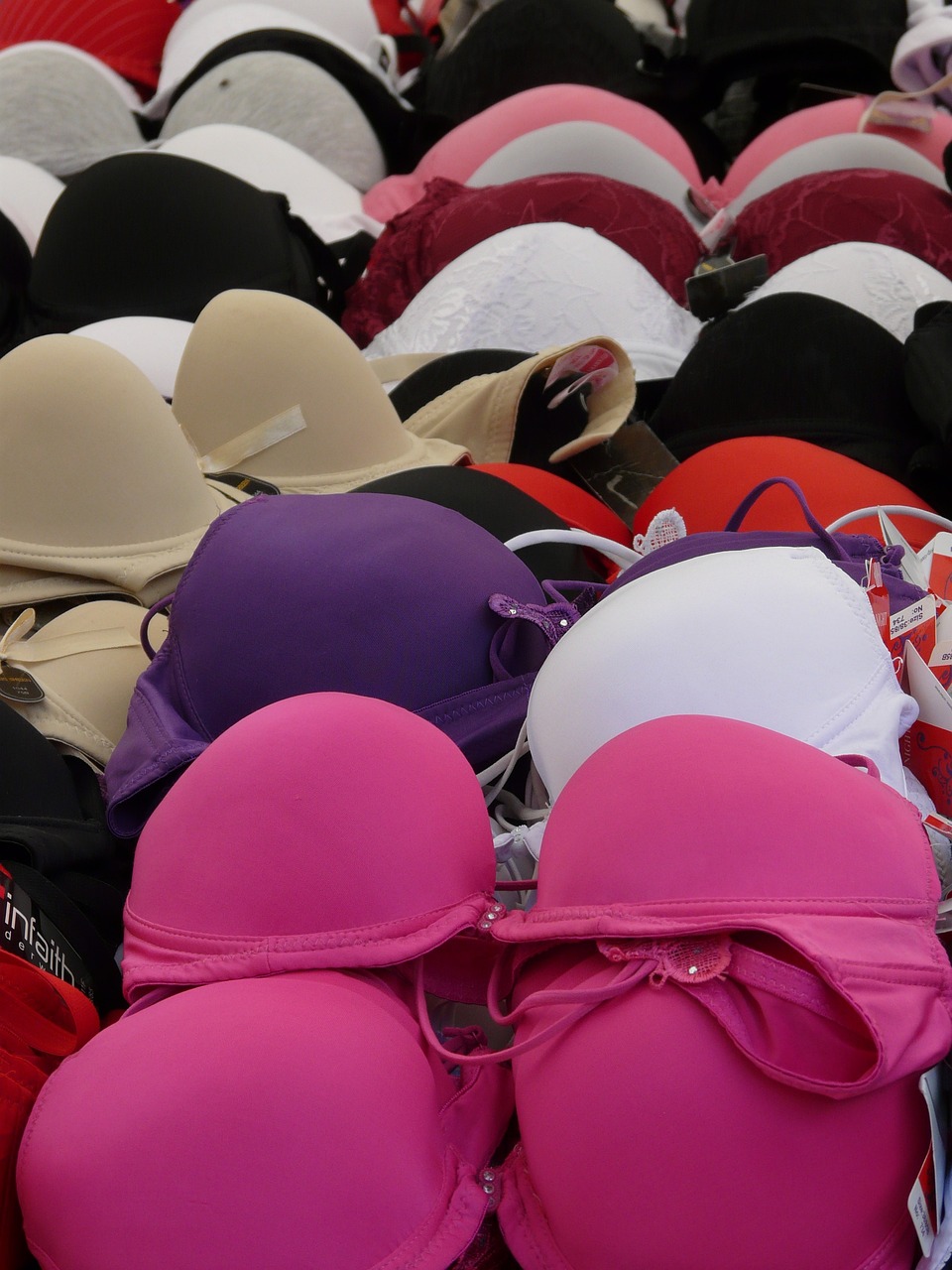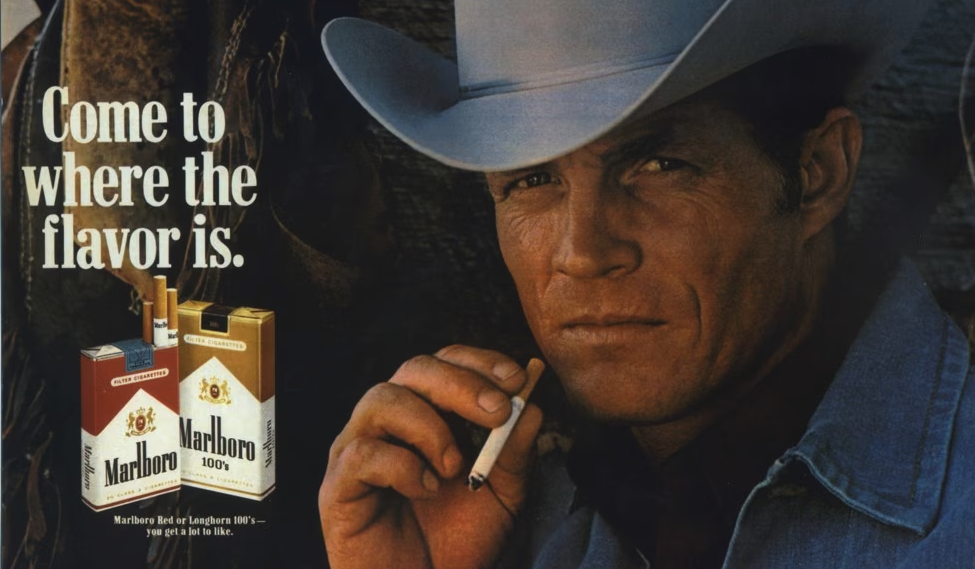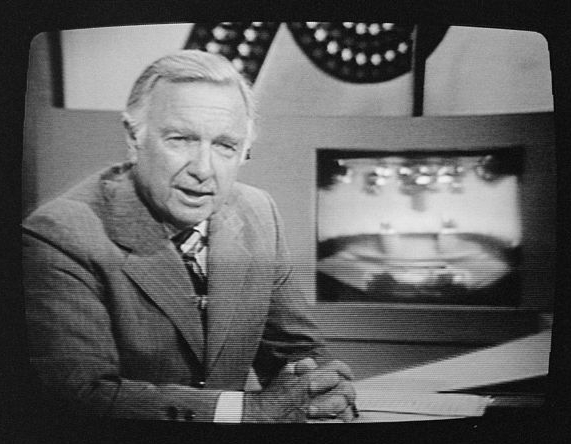Share this article with your network of friends!
The 1960s was a decade of transformative social change, and one of the most iconic and enduring images from that era is that of women casting their bras into bonfires during protests. While the term “bra burning” may be more symbolic than literal, these demonstrations were pivotal moments in the fight for women’s liberation. Let’s take a trip down memory lane and explore the significance of the bra-burning protests of the 1960s.
A Symbolic Act of Protest
The term “bra burning” originated from a 1968 protest at the Miss America pageant in Atlantic City. Feminist activists gathered to protest the pageant’s perceived objectification of women. While bras were not actually set on fire, a collection of symbolic items, including bras, girdles, and other feminine products, were thrown into a “Freedom Trash Can.” The intention was to shed the symbols of oppression and challenge societal norms that constrained women’s roles and aspirations.
Challenging Gender Norms
The bra-burning protests were more than just a sensationalized act; they represented a larger movement challenging traditional gender norms and advocating for women’s equality. Women in the 1960s were pushing back against the idea that their worth was solely tied to their appearance and domestic roles. The protests aimed to break free from the idea that women should be confined to being wives and mothers without agency in the public sphere.
The Women’s Liberation Movement
The bra-burning protests were a visible manifestation of the broader Women’s Liberation Movement of the 1960s and 1970s. This movement sought to address various issues, including reproductive rights, workplace equality, and the objectification of women. The protests became a rallying cry, drawing attention to the need for change and inspiring women to demand their rights and challenge deeply ingrained stereotypes.
Impact and Legacy
The bra-burning protests may have been provocative in their imagery, but they were undeniably effective in sparking conversations and propelling the feminist movement forward. These actions led to increased awareness of gender inequality and prompted more women to join the cause. The protests played a crucial role in dismantling outdated perceptions of women’s roles and paved the way for important legislative changes, such as the passage of Title IX in 1972, which prohibited gender-based discrimination in education.
Remembering the Spirit of Activism
As seniors who lived through that era, it’s important to remember the spirit of activism that defined the 1960s. The bra-burning protests symbolized the power of collective action and the determination to challenge societal norms for the betterment of all. These events remind us that our voices matter and that progress is possible when we come together to demand change.
In Conclusion
The bra-burning protests of the 1960s remain an iconic symbol of the Women’s Liberation Movement, reminding us of the power of protest, unity, and the fight for equality. These demonstrations challenged the status quo and paved the way for the advancements in women’s rights that we continue to benefit from today. As we reflect on those times, let us carry forward the lessons of empowerment and solidarity into the present day, ensuring that the legacy of the bra-burning protests lives on in the ongoing pursuit of gender equality.
DISCLAIMER: This website contains articles for informational and entertainment purposes only. No articles on this website should be considered as professional advice for any medical, legal, or financial matter. Advertisements and content may contain affiliate links, where the website earns a commission for sales derived from our users.





